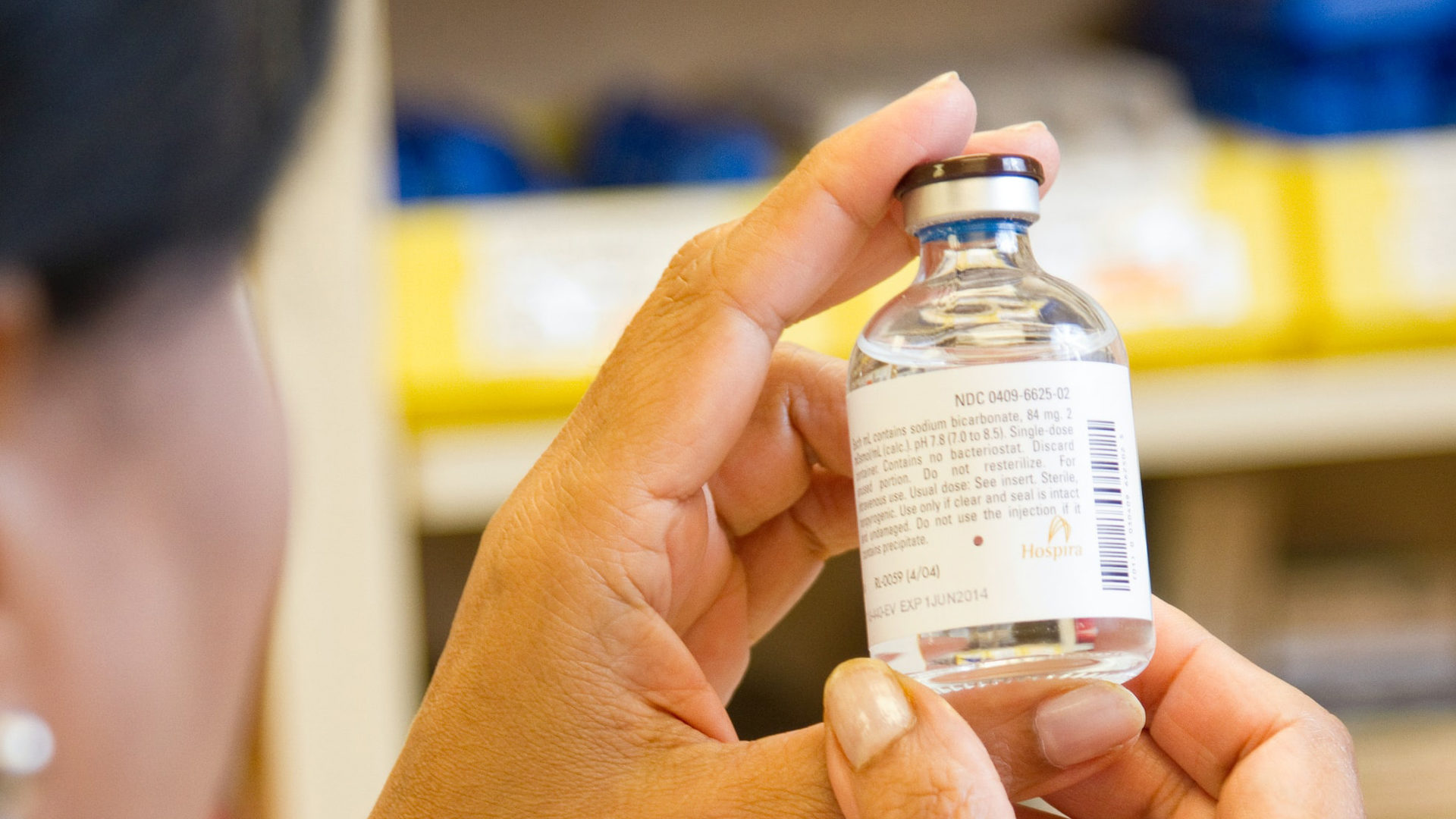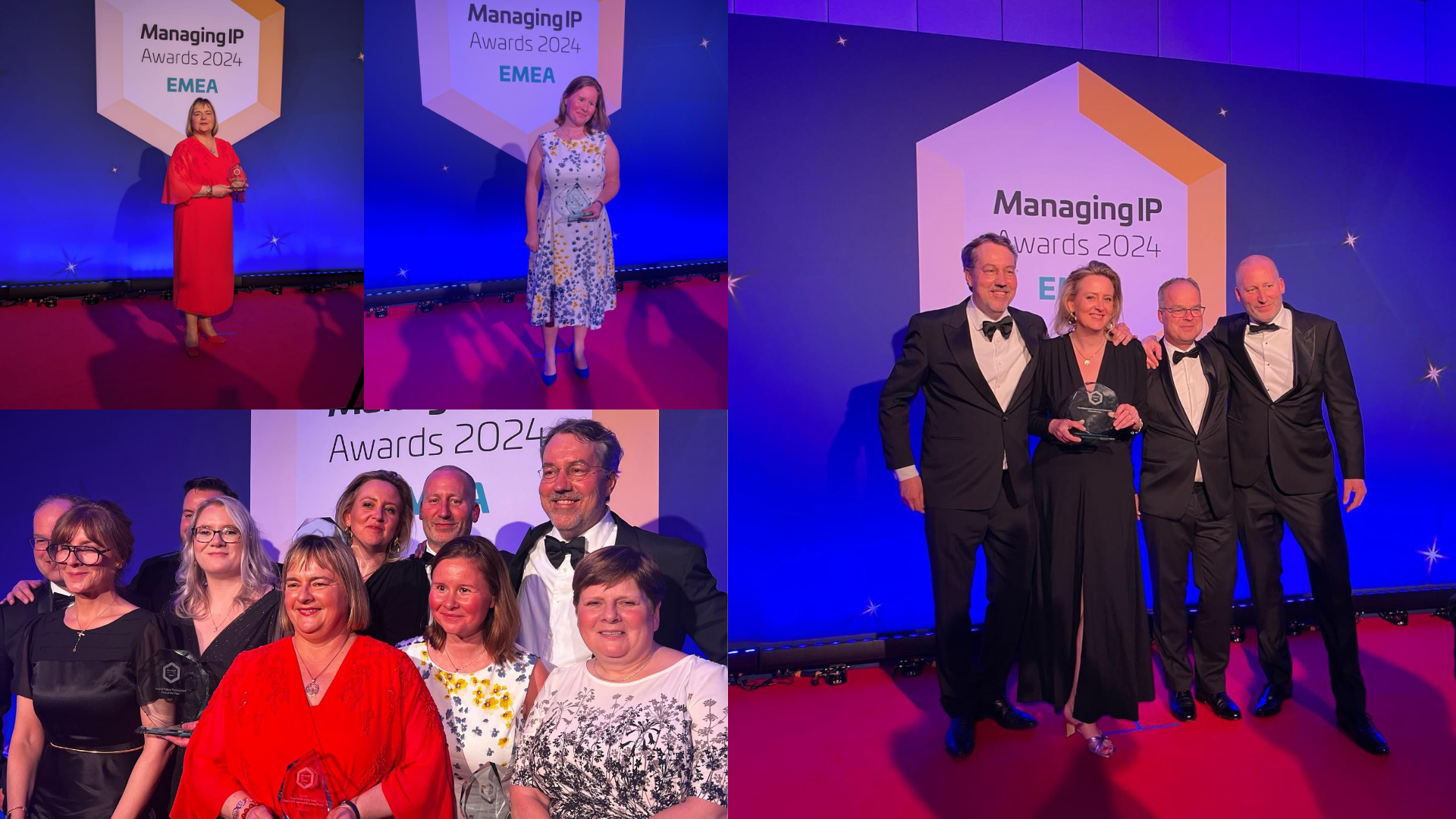UPC
Are you UPC ready?
Mai 2016
Preparing for change: a new type of patent for Europe. This is the second in our series of briefing notes which consider the key decisions that patentees and applicants will need to make as a consequence of the introduction of Unitary Patents (UPs) and the Unified Patent Court (UPC) in Europe.
In this note we focus on the new option of obtaining a UP which will be available to all applicants applying for patents via the European Patent Office (EPO). We expect that this new option will be available by Q1/Q2 2017. It is vital to prepare your existing patent portfolio for the new patent landscape as there may be as little as 6 months‘ notice of the new system going live.
What is the Unitary Patent?
A Unitary Patent will be a patent offering uniform protection in up to 25 participating Member States of the European Union. For the UP and UPC System to go live, at least 13 participating Member States must ratify the agreement, including France, Germany and the UK. To date nine countries have ratified: Austria, Belgium, Denmark, Finland, France, Luxembourg, Malta, Portugal and Sweden. Applicants will not need to apply separately for a UP – any patent applied for, examined and granted by the EPO will have the possibility of benefiting from unitary protection at the request of the patentee from the date that the system goes live. In the beginning it is likely that a UP will not cover all 25 participating Member States. The exact coverage will depend upon which Member States have ratified the agreement at the time.
Applicants will not be forced to choose a UP. They will still be able to follow current practice and select individual EP countries in which to validate their EP. Given that not all EPC contracting states will be part of the UP (such as Croatia, Spain, Turkey, Norway) a combination of a UP and additional EP validations will always be needed for maximum coverage. It will not be possible to validate both a UP and individual EPs in countries covered by the UP for the same patent. The UP therefore adds a new layer of choice for patentees obtaining patents via the EPO.
Requesting a UP
To obtain a UP a patentee must file a request for unitary patent protection at the EPO no later than one month after the mention of grant of the patent is published. This is a shorter deadline than patentees are currently used to for validating their EPs.
The request for unitary protection must include the name of the requester, the number of the EP to which unitary effect is to be attributed, and information about the representative. For a transitional period, patentees will also have to file a full English translation of the patent if the patent is granted in French or German, or a full translation into any language of the EU if the patent has been granted in English.
Once it goes live, the UP system will be available to all patents that are pending, not just new applications. So if you have a patent currently pending at the EPO, if you think there would be benefit in obtaining unitary protection or in any event if it is likely to go to grant soon, you could consider slowing down the grant process or filing a divisional application, to keep the UP option alive.
Renewals
One of the potential advantages of a UP is the opportunity to obtain wider territorial protection with a lower renewal expenditure and reduced administration costs over the lifetime of a patent.
A single renewal fee will be paid to the EPO for a UP for every year you want to renew your UP. After much debate the renewal fee has been set to match the sum total of the national renewal fees payable in the four most widely validated EP countries, namely: Germany, France, the United Kingdom and The Netherlands. The expected renewal fees over the lifetime of a UP are set out in Table 1.
| wdt_ID | Year | True TOP 4 (€) |
|---|---|---|
| 1 | 2 | 35 |
| 2 | 3 | 105 |
| 3 | 4 | 145 |
| 4 | 5 | 315 |
| 5 | 6 | 475 |
| 6 | 7 | 630 |
| 7 | 8 | 815 |
| 8 | 9 | 990 |
| 9 | 10 | 1,175 |
| 10 | 11 | 1,460 |
| 11 | 12 | 1,775 |
| 14 | 13 | 2,105 |
| 15 | 14 | 2,455 |
| 16 | 15 | 2,830 |
| 17 | 16 | 3,240 |
| 18 | 17 | 3,640 |
| 19 | 18 | 4,055 |
| 20 | 19 | 4,455 |
| 21 | 20 | 4,855 |
| 22 | Total | 35,555 |
Whether opting for a UP is commercially attractive will therefore be a balance between the scope of protection required and the cost of a UP versus opting for classical EP validations. In our experience the breadth of EP validations varies widely between different technology areas and so whether a UP will be attractive will be sector driven and specific to each business.
Table 2 shows a comparison of the renewal costs for differing validation strategies during the lifetime of a patent.
| wdt_ID | Year | EP Large portfolio (€) (13; DE, UK, FR, AT, NL, BE, LU, IE, SE, DK, FI, GR, PT) | EP Medium portfolio (€) (5: DE, UK, FR, NL, SE) | EP Small portfolio (€) (3; DE, UK, FR) | UP (€) (25 member states) |
|---|---|---|---|---|---|
| 1 | 6 | 1,600 | 660 | 330 | 475 |
| 2 | 15 | 7,600 | 3,360 | 1,975 | 2,830 |
| 3 | 20 | 12,125 | 5,575 | 3,520 | 4,855 |
Opposition and Litigation
The existing opposition procedure at the EPO will apply to UPs just as it does currently for EPs. Opposition must be filed at the EPO within nine months of the publication of the mention that the patent has been granted. For the purposes of the opposition the EPO will treat the patent as a single entity irrespective of where it is validated, whether as a UP or not.
The UPC will have exclusive jurisdiction for litigation of UPs and unlike EPs, UPs cannot be opted out of the jurisdiction of the UPC. Patentees may wish to consider filing a divisional EP application, so that the parent can be validated as an EP and opted out of the UPC, and the divisional validated as a UP, or vice versa. This provides patentees with the ability to choose which forum, UPC or the national courts, to litigate in.
A new consideration for co-applicants is that the location of the first named applicant for a UP on the European Patent Register determines what law will apply to the UP in any subsequent litigation. For the first time the order that co-applicants are listed needs to be considered carefully for any new EP applications, as well as existing EP applications.
Considerations for requesting a UP
- If you wish to validate the patent in more than 4 participating Member States, there may be cost savings on the renewal fees over the lifetime of the patent.
- Requesting a UP may be more straightforward than fulfilling the validation requirements in multiple EPC states.
- A UP can only be litigated before the UPC. This can give you the potential to obtain a pan-EU injunction throughout the participating Member States in a single infringement action. However a UP will always be vulnerable to central revocation before the UPC; there is no opting-out of the jurisdiction of the UPC for a UP.
- For inventions that are likely to be important to the business, applicants should consider filing EP divisional applications to maximise flexibility on choice of jurisdiction.
- The target timeline for resolution of first instance proceedings within the UPC is 12 months, which while equivalent to proceedings before the English, Dutch and German Courts is significantly better than proceedings before many other national Courts or the EPO.
- A UP may be „licensed“ in respect of the whole or part of the territories of the participating member states, but any challenges or transfers will affect all licences as the patent is a unitary right.
- If you in-license a patent application and do not have control in your licence agreement as to whether the application should grant as a UP you may not have any choice.
- If you are only interested in validating in 4 or fewer participating UPC States, a UP may not be cost effective for your company. However, EP validation alone will not remove the patent from the jurisdiction of the UPC and you will still need to opt-out of the patent. This is covered in our briefing note „The UPC Opt-Out Decision“.
If you would like to discuss strategy development or portfolio review, HGF can provide you with assistance and guidance on formulating and implementing your company’s UPC strategy.
Should you have any further questions about unitary patent protection, please contact our dedicated UPC team on [email protected] or contact your usual attorney to discuss these issues further.
































